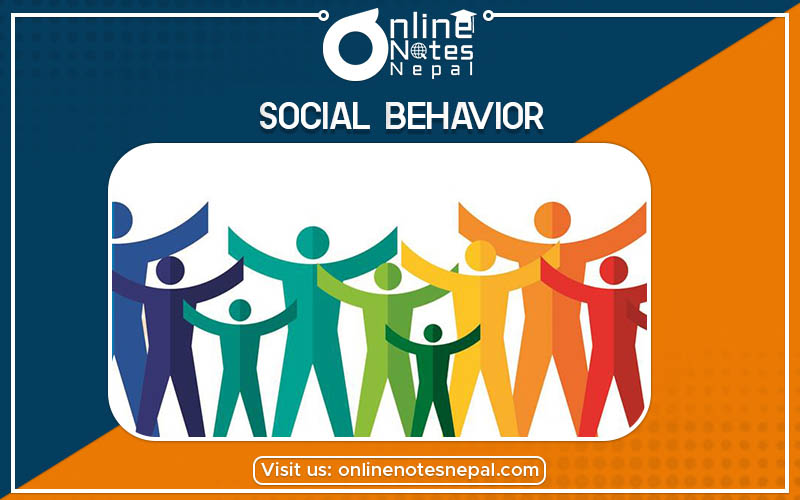Published by: Zaya
Published date: 15 Jun 2021

Social Behavior focuses on how an individual responds to their environment. While living together or people share or gain experiences and attempts to influence others’ behavior to adjust in that particular society.
There are different ways through which people manipulate other’s behavior, they are:
It is a process aimed to change a person’s behavior or attitude toward some extent, idea object, or another person by using written or spoken words to convey information, feelings, or a combination of them. The act of persuading, communication intended to induce belief pr action. The most important factors in the persuasion process can be explained through a question-” who says what to whom by what means? ” That means:
The process of persuasion, the communicators use to change the people’s attitude or behavior are as follows:
A disposition or a tendency to respond positively or negatively towards a certain idea, object, person, or situation is called attitudes. Types:
Ambivalence refers to the fact that our evaluations of objects, issues, people, events are not always uniformly positive or negative. Attitudes vary in intensity. It includes three components; Cognitive, Feeling, and Behavior.
Prejudice is not an inborn characteristic. It is a preconceived opinion that is not based on reason or actual experience.